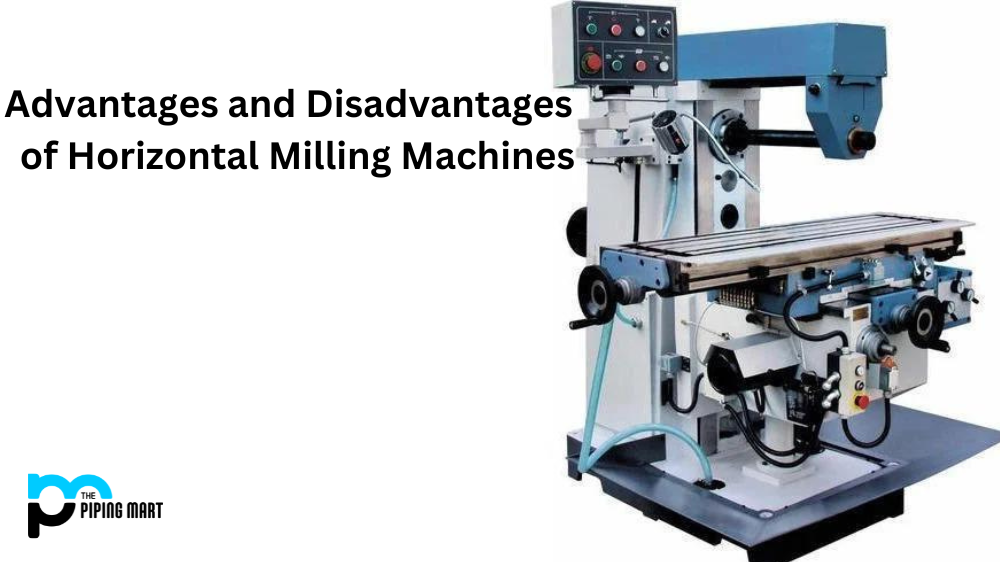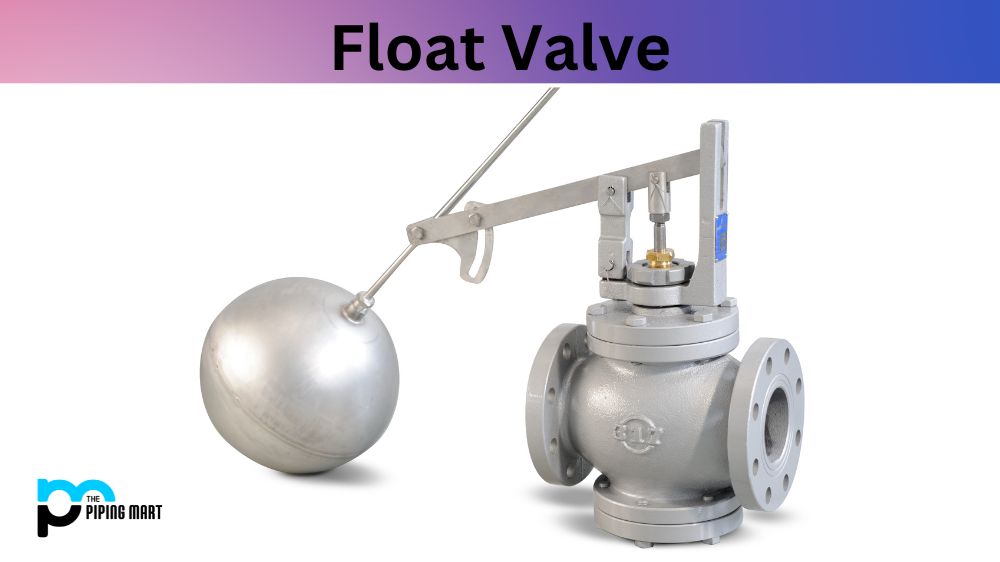Steel is one of the most common materials used in manufacturing, but it can often be too soft and malleable for certain uses. To make steel harder without sacrificing its other properties, a process known as surface hardening can be employed. This process involves altering the surface material of the steel so that it is harder than the core material. Let’s take a look at how it works and what it’s used for.
What is Surface Hardening of Steel?
Surface hardening of steel is an outstanding approach that can be used to energize any ferrous metal. This method improves the ability of the steel to take on wear and tear, abrasion, and corrosion while maintaining internal strength. It modifies a protective boundary layer through the implementation of higher-than-normal surface energies such as induction hardening, flame hardening, or case hardening. Each type of energy transfer uses different techniques but results in the same impact – the formation of a harder surface that is better suited to resist damage or deformation over time. This has been a popular choice for manufacturers as it provides extraordinary benefits for larger industrial parts and components with limited investment.
How It Works
Surface hardening steel involves treating the outside layer of metal with extreme heat, either through flame or induction heating. This causes carbon to penetrate near the surface of the metal, forming a hardened shell that protects against external damage while preserving the malleability and ductility of the core material. The depth and degree of penetration depend on several factors, including temperature, time, atmosphere and type of alloy used.
Surface Hardening Steel Uses
Surface hardening has many uses in the industry due to its ability to maintain structural integrity while creating an outer shell that is extremely resistant to wear and tear from abrasion or corrosion. It is commonly used in automotive engineering for things like engine parts such as connecting rods, crankshafts and camshafts, as well as components like gears, bearings or valve springs. It is also useful for tools such as chisels or punches that are subject to intense wear over long periods of time.
Conclusion:
Surface hardening is an important process for making steel stronger without compromising its other desirable qualities, such as malleability or ductility. By altering the chemical makeup of the outer layer of metal, surface hardening provides protection against wear and tear while maintaining structural integrity. It is a commonly used process in automotive engineering and in the production of tools that need to withstand intense use over long periods of time. Understanding how this process works can help you make better decisions when choosing which type of steel to use for your next project.

A passionate metal industry expert and blogger. With over 5 years of experience in the field, Palak brings a wealth of knowledge and insight to her writing. Whether discussing the latest trends in the metal industry or sharing tips, she is dedicated to helping others succeed in the metal industry.




